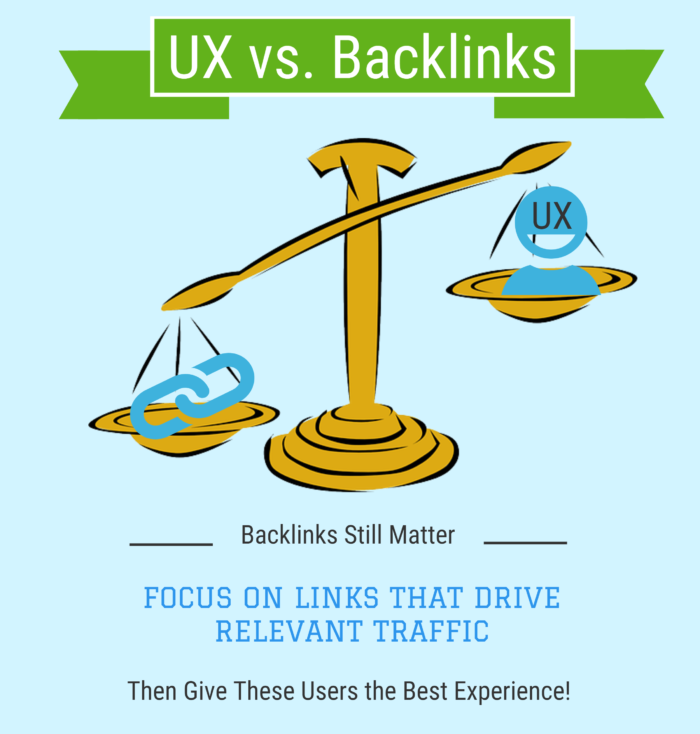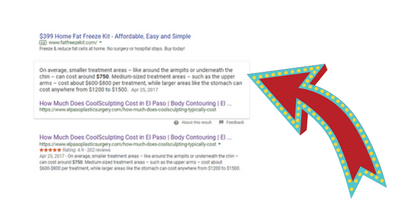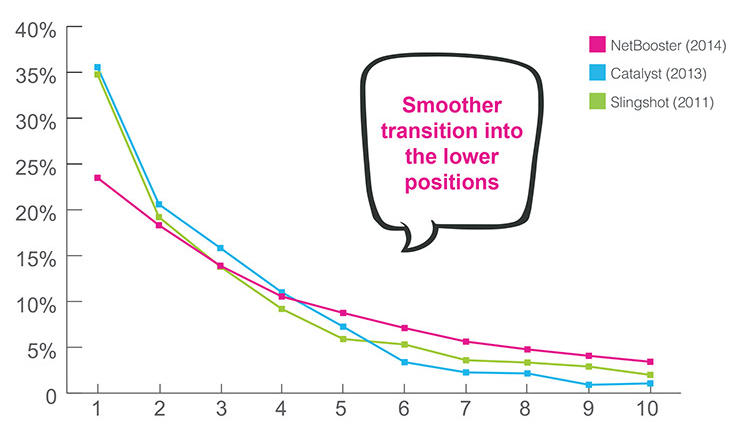For years we’ve heard about how great backlinks are for SEO. The backlink craze was at its peak around five years ago, back when companies would pay people to create links in forums, blogs, and other obscure areas of the web. This lead to massive amounts of spam, and it also jump-started Google’s Penguin and Panda updates, penalizing sites that paid for links, or had low-quality links pointing to them.
So should backlinks be avoided now? Of course not. However, it’s no longer about simply obtaining a backlink to impress search engines, or Google (who we refer to exclusively in this article, simply because they hold a *96% market share for mobile devices). It doesn’t matter if you have a .edu backlink with a Page Rank (PR) of 9. Is that traffic relevant? Are they engaged on your website? Are they taking action?
It’s more about the user experience from the backlink than the backlink itself. Google isn’t concerned about how many backlinks you have, or even how many of them are “high quality “(based on PR or other arbitrary factors), they want to know if the content you’re publishing is interesting to people finding your website. You can read more backlink myths here.

How can I improve user engagement? Start by evaluating how easy it is for potential patients to find what they’re looking for. If your website is 4 or more years old it might be time for an update. The website structure will undoubtedly affect the user experience; everything from the navigation to the photo gallery to the layout of the content itself matters.
The next step is focusing on the content you’re producing. If you’re not consistently producing new content then you need to make that a priority. By consistently producing amazing new content – articles that answer questions patients want to know – you will establish “rapport” with Google as a reliable source for unique, interesting content that patients like. That in turn will help your SEO efforts, as well as your lead generation efforts.
So how do I drive more people to see this amazing content I’m producing? You guessed it, the trusty old backlink! However, be strategic about how you promote your content. Where is your target market? On Facebook? On other beauty or anti-aging websites? Perhaps there are other local businesses that share the same target market. Would their clients benefit from your content? If you strategically work through the mediums that will drive the “best” traffic then you’ll inevitably build quality backlinks, but more importantly, you’ll grow your traffic and your leads!
Does this all sound too complicated? That’s where we can help. SEO, including content marketing, is just one piece of the overall digital marketing puzzle. However, when paired with the correct tactics for email marketing, advertising, social media, and more, they can fit together to help your practice maximize its digital marketing investment.
If you’d like to learn more about content marketing and SEO you can check out these articles. If you’d like to learn more about how TRBO can help your practice then drop us a note here or call us directly at 877-673-7096.
*Source: www.netmarketshare.com








